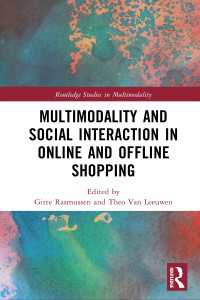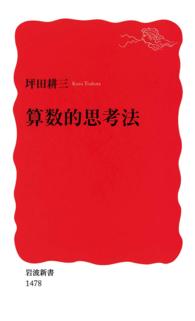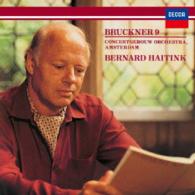Description
This book provides a dynamic simulation model based on input-output table. The model includes an objective function, i.e. maximizing economic and social development and three sub-models, including economic growth model, pollutant emission model and energy balance model. The data of 2012 is selected as the base period data. The haze control policy of Hebei Province is written into the model as an exogenous variable. Reducing the total PM2.5 emissions is an environmental constraint, which is used to eliminate the impact of natural factors on environmental quality. Lingo software is used to simulate this model. By comparing the socio-economic impacts in different scenarios, this book found the most effective policy combination of haze governance. Comprehensive haze governance policy recommendations provide experience for other regions of China and other developing countries. In this book, the dynamic simulation model of haze governance also provides a reference to other environmental policy simulations.
Table of Contents
Chapter 1 Introduction.- Chapter 2 Analysis of the current situation of research areas.- Chapter 3 Dynamic and optimal comprehensive evaluation model of haze control policy in Hebei province.- Chapter 4 Scenario analysis of comprehensive impact of haze control policy on economy, society and environment in Hebei province.- Chapter 5 Research conclusions and policy recommendations.
-

- 洋書電子書籍
- Multimodality and S…
-

- 電子書籍
- 算数的思考法 岩波新書






